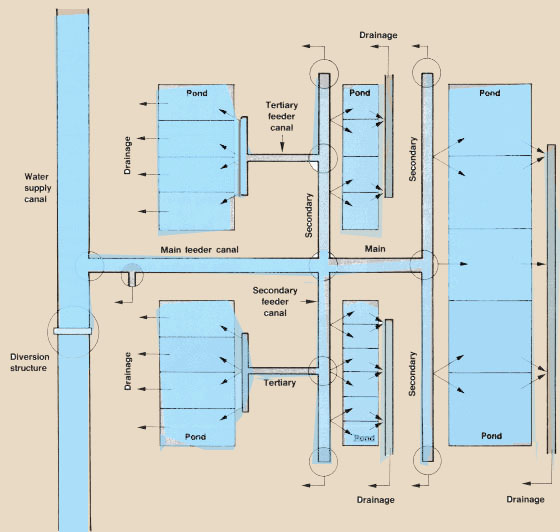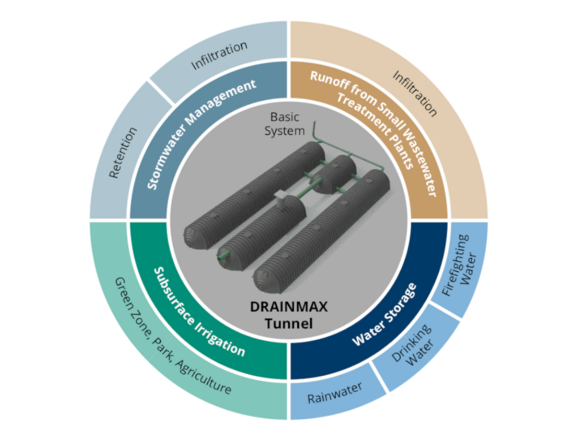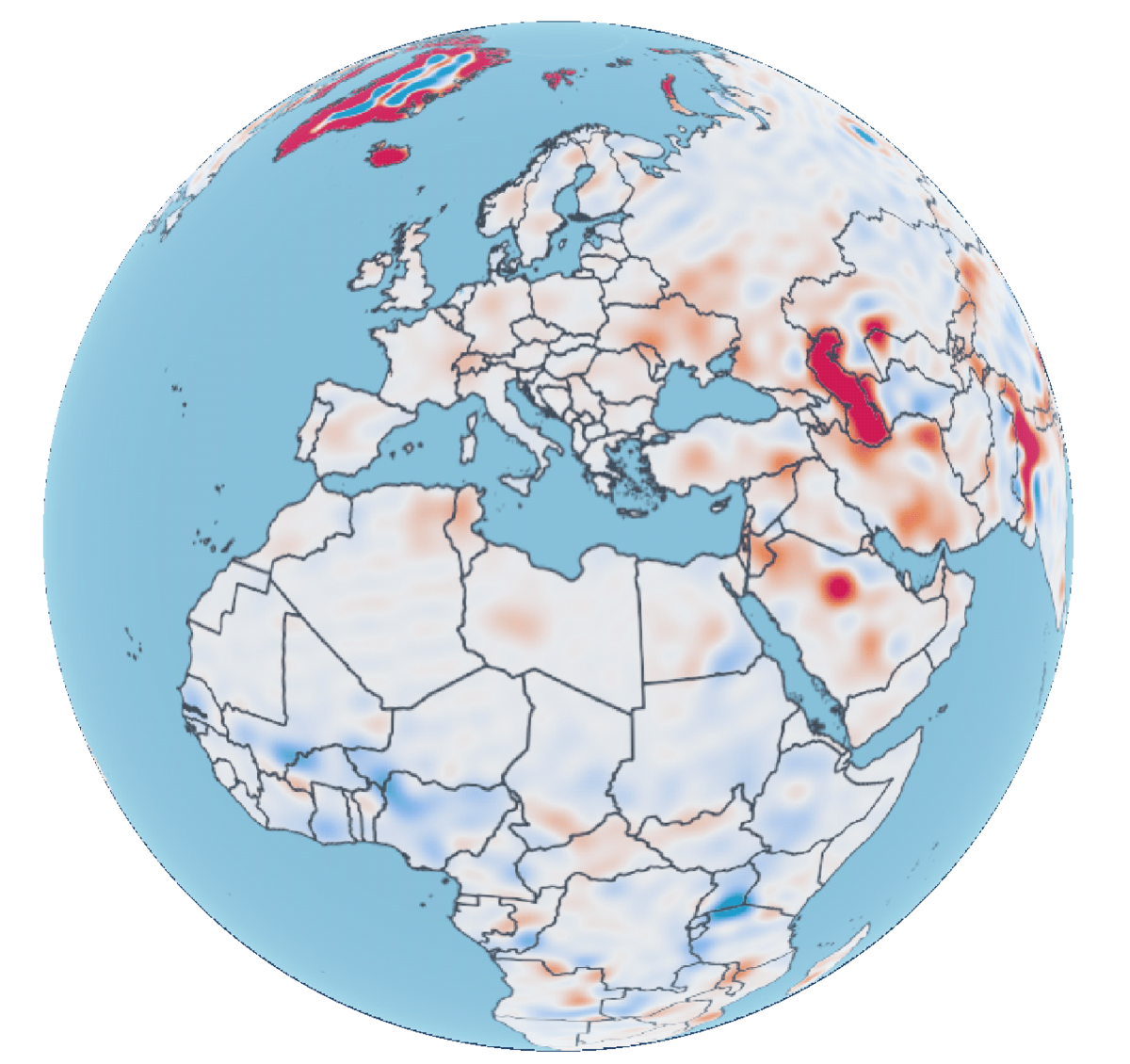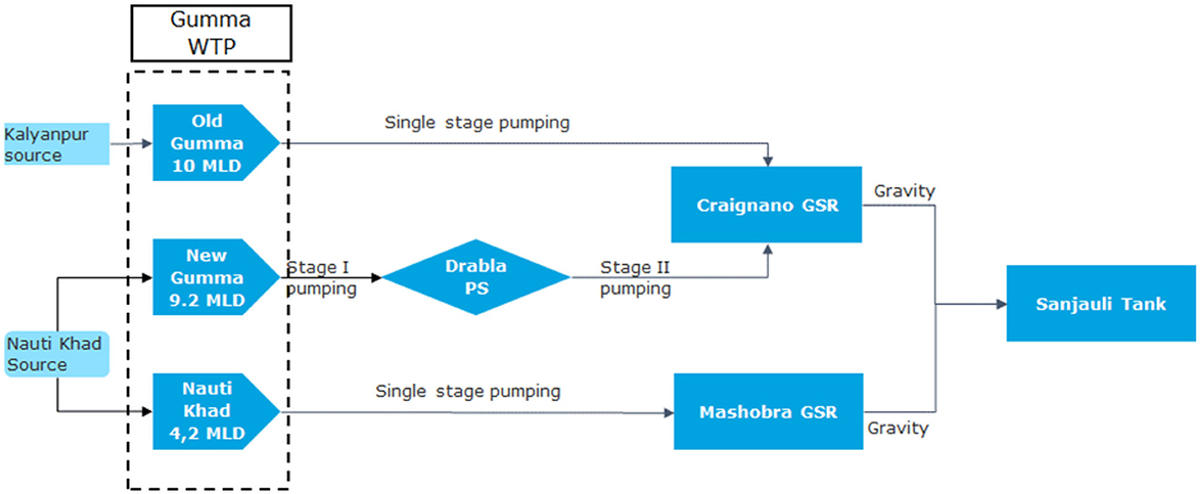Water System Setup for a Horse Property

Setting up an efficient and reliable water system is crucial for maintaining the health and well-being of horses on your property. Proper water management ensures that horses have constant access to clean, fresh water, which is vital for hydration, digestion, and overall health.
Key Components of a Horse Property Water System

| Component | Description | Importance |
|---|---|---|
| Water Source | Natural springs, wells, municipal supply, or rainwater collection systems. | Determines water quality and availability. |
| Storage Tanks | Large tanks or reservoirs to store water for consistent supply. | Ensures water availability during shortages or peak demand. |
| Distribution Lines | Pipes and hoses that deliver water from the source to various points. | Facilitates easy access to water across the property. |
| Water Troughs | Containers where horses drink water. | Must be durable, clean, and appropriately sized. |
| Pumps and Filters | Equipment to move and purify water. | Maintains water flow and quality. |
Steps to Set Up Your Water System

-
Assess Your Water Needs
- Calculate the number of horses and daily water consumption (typically 5-15 gallons per horse).
- Consider additional needs such as irrigation or cleaning.
-
Choose a Reliable Water Source
- Evaluate local water sources for quality and sustainability.
- Test water for contaminants and suitability.
-
Design the Distribution Network
- Plan pipe routes to minimize distance and avoid hazards.
- Use durable materials suitable for outdoor and equine environments.
-
Install Storage and Delivery Systems
- Select appropriate storage tanks with covers to prevent contamination.
- Install pumps and filters to ensure steady, clean water flow.
-
Set Up Water Troughs
- Position troughs in shaded, accessible areas.
- Choose designs that prevent spillage and contamination.
-
Regular Maintenance and Monitoring
- Clean troughs and tanks regularly.
- Inspect pipes and pumps for leaks or damage.
- Monitor water quality periodically.
Tips for Optimal Water System Management
- Use automatic waterers to ensure constant access.
- Insulate pipes and tanks in colder climates to prevent freezing.
- Implement rainwater harvesting to supplement water supply.
- Keep water sources away from manure and chemical storage to avoid contamination.
Frequently Asked Questions (FAQ)
Q1: How much water does a horse need daily?
A: On average, a horse drinks between 5 to 15 gallons of water per day, depending on size, activity level, and weather conditions.
Q2: What type of water trough is best for horses?
A: Durable, easy-to-clean troughs made from materials like polyethylene or stainless steel are ideal.
Q3: How can I prevent water contamination?
A: Regular cleaning, proper placement away from contaminants, and using covered storage tanks help maintain water quality.
Q4: Can I use rainwater for my horses?
A: Yes, rainwater can be used if properly collected, filtered, and stored to ensure it is clean and safe.
Setting up a well-planned water system on your horse property not only supports your horses’ health but also enhances the overall management and sustainability of your farm. With careful planning and maintenance, you can ensure a reliable water supply year-round.
